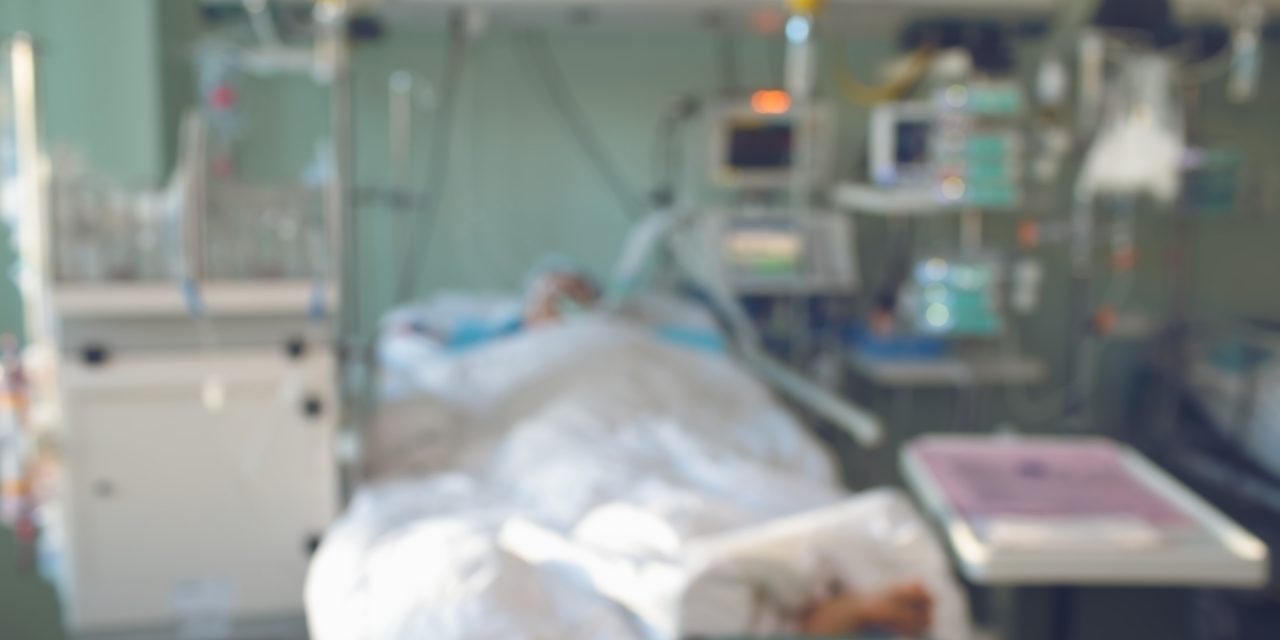Previous studies have shown that deep brain stimulation can improve the levels of consciousness of comatose patients with traumatic brain injuries (TBIs). However, the most suitable targets for deep brain stimulation are unknown, and the mechanisms underlying recovery remain to be determined. The aim of the present study was to assess the effects of lateral hypothalamic area deep brain stimulation (LHA-DBS) in comatose rats with TBIs.
A total of 55 Sprague-Dawley rats were randomly assigned to 5groups: Control group, TBI group, stimulated (TBI+LHA-DBS) group, antagonist (TBI+SB334867+LHA-DBS) group, and an antagonist control group (TBI+ Saline+ LHA-DBS). Comas were induced using a free fall drop method. Rats with a TBI in the stimulated group received bilateral lateral hypothalamic area stimulation (frequency, 200 Hz; voltage, 2-4 V; pulse width, 0.1 ms) that lasted for 1 h, with 5 min intervals between subsequent stimulations, which were applied alternately to the left and right sides of the lateral hypothalamus. Comatose rats in the antagonist group were intracerebroventricularly injected with an orexins receptor type 1 (OX1R) antagonist(SB334867), and then received LHA-DBS.A I-VI consciousness scale and electroencephalography (EEG) were used to assess the levels of consciousness in each group of rats after LHA-DBS. Western blotting and immunofluorescence were used to detect the levels of OX1R expression in the lateral hypothalamic area and the levels of α1-adrenoceptor subtype (α1-AR) and gama-aminobutyric acid b receptor (GABAbR) expression in the prefrontal cortex.
The results of the present study showed that 5 out of 11 rats were awakened in the TBI group, 10 of 11 were awakened in the stimulated group, 6 of 11 rats were awakened in the antagonist group, and 9 of 11 rats were awakened in the antagonist control group. EEG readings indicated that the percent of δ waves were lower in the stimulated group compared with the TBI and antagonist groups (P<0.05). Additionally, western blotting and immunofluorescence analysis showed that OX1R expression was higher in the stimulated group compared with the TBI group (P<0.05). α1-AR was more highly expressed in the stimulated group compared with the TBI and antagonist groups (P<0.05). In contrast, GABAbR levels in the stimulated group were lower compared with the TBI group and antagonist group (P<0.05). There was a significant difference between the antagonist group and antagonist control group.
Taken together, the results suggest that LHA-DBS promotes the recovery of consciousness in comatose rats with TBIs. An upregulation of α1-AR expression and downregulation of GABAbR expression in the prefrontal cortex via the orexins/OX1R pathways maybe involved in the wakefulness-promoting effects of LHA-DBS.
Copyright © 2021. Published by Elsevier Inc.
Wakefulness-promoting effects of lateral hypothalamic area deep brain stimulation in traumatic brain injury-induced comatose rats: Upregulation of α1-adrenoceptor subtypes and downregulation of gamma-aminobutyric acid b receptor expression via the orexins pathway.


